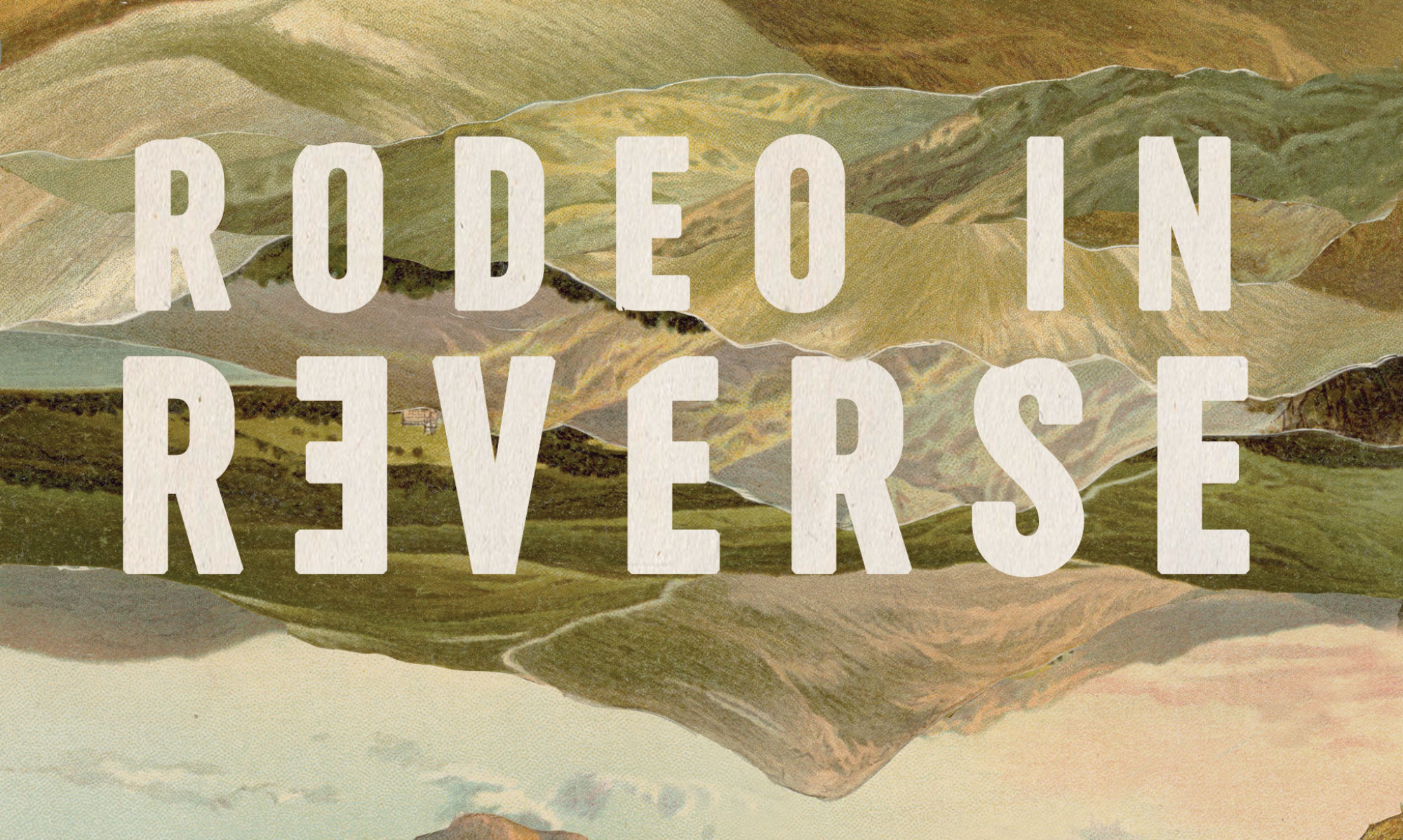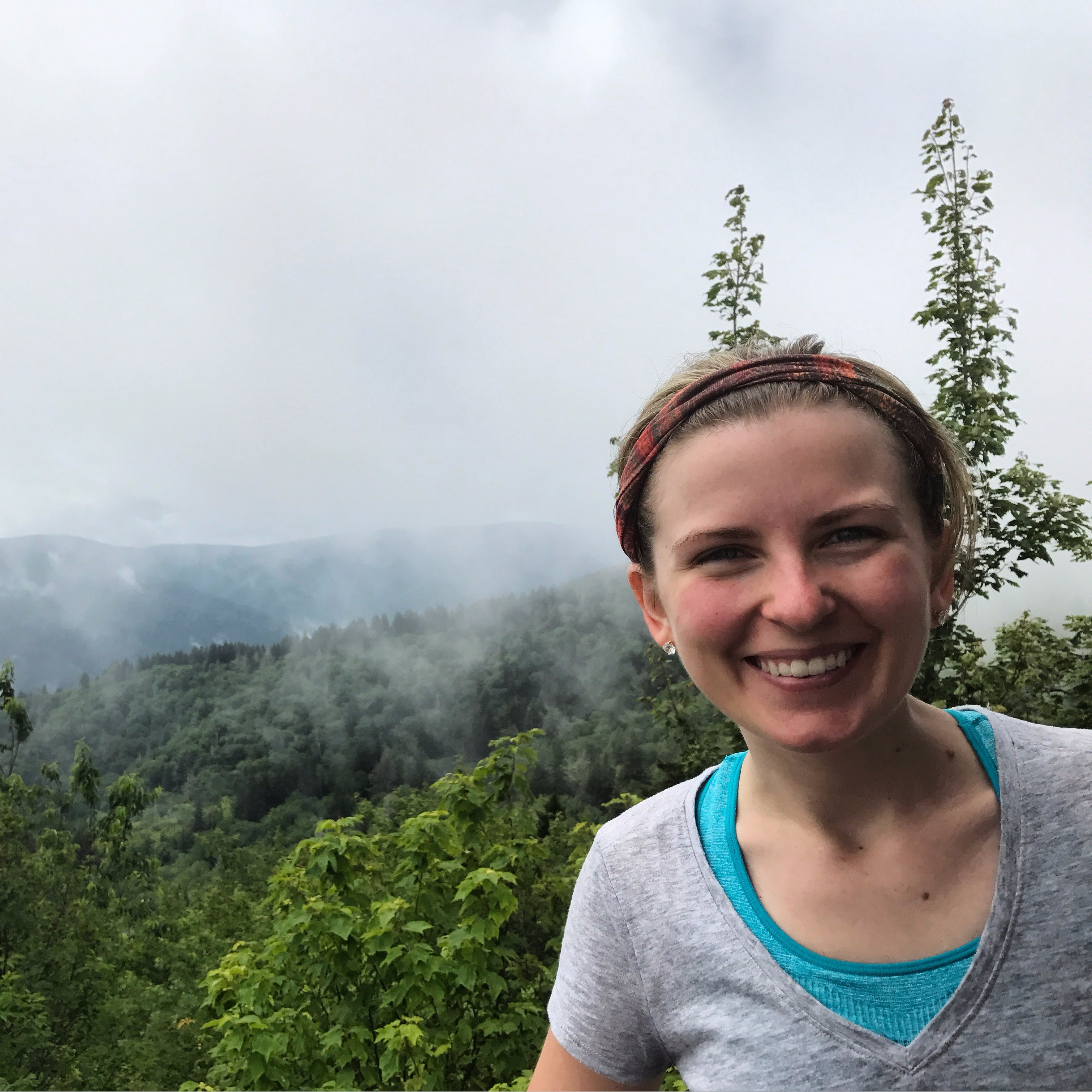Social scientists David Dunning and Justin Kruger wanted to know whether people who are incompetent know that they’re incompetent.
Spoiler alert: they don’t. In the researchers’ paper “Unskilled and Unaware of It,” they write, “Although their test scores put them in the 12th percentile, they estimated themselves to be in the 62nd.”
That’s right. Dunning-Kruger Effect shows that people who know more about a given subject think they know less about it and people who are totally ignorant of a given subject are overconfident.
We see it in the office, in the news, in overambitious home repairs. The people who know the least about a given topic tend to overestimate themselves in that realm.
But the inverse is also true: The people who know the most tend to underestimate themselves.
Taken to its extreme, veni vidi vici!, it’s impostor syndrome, the feeling you’re a fraud at something you actually excel at and, at any minute, you’ll be found out.
The sick irony? If you were, in fact, incapable or ignorant, an impostor, you probably wouldn’t have the sense to question your ability.
While many of us have wrestle with it, some of us are more susceptible. According to the New York Times, “women tend to judge their performance as worse than they objectively are while men judge their own as better.” Also according to the Times, impostor syndrome’s effects on people who are minorities is compounded because of pressures of discrimination. (It turns out, people treating you like you’re incompetent despite your competence makes you feel like you’re incompetent.)
And for those of us who make art, often ephemeral, often in isolation or without recognition or pay, these intrusive thoughts can be especially hard to beat back once they enter.
If you’ve felt the pains of impostor syndrome, you’re in good company. Even former First Lady Michelle Obama recently shared that she struggles with this feeling.
“I had to work to overcome that question that I always asked myself, ‘Am I good enough?’ … That’s a question that has dogged me for a good part of my life,” she said.
She felt that way stepping into the Ivy League. She felt that way again when she was becoming the First Lady of the United States.
Unchecked, impostor syndrome keeps us from sharing our most meaningful contributions with the world. Instead, we keep them in notebooks, on hard drives, in basements. When we let impostor syndrome lead instead of our gifts, we undervalue our work, we fake smile our way through parties, we bloviate or self-deprecate and often isolate ourselves. We’re never known and the world misses out.
Thankfully, Michelle Obama harnesses the courage to acknowledge her impostor syndrome without letting it run her life.
So how do we trust in our worthiness and make our mark?
Here are five steps to stop impostor syndrome in its tracks:
Step 1. Recognize it for what it is.
But it can be tricky to identify: Impostor syndrome may look like humility outwardly. But it’s actually a rejection of the gifts and talents you possess.
Humility is a virtue, and arrogance a vice. So, are you being humble or not giving yourself enough credit?
C.S. Lewis said, “Humility is not thinking less of yourself, it’s thinking of yourself less.”
Do you hear your inner voice asking the question Michelle Obama asked: “Am I good enough?” Do you fear “getting caught” or “being found out”? Is there an anxious feeling attached? Is there an inward, negative focus?
If so, it’s likely impostor syndrome.
Or are you considering what you could give others with your knowledge, talents, or gifts? If you have an outward, positive focus, it’s likelier to be humility.
Once recognized, some of its power is diminished.
Step 2. Name it.
As shame and vulnerability researcher Brene Brown says, “Shame thrives in secret.” Tell a trusted friend or mentor what you’re experiencing. Often, in telling the story, you’ll see that the parts that made so much sense in your head don’t make sense out loud. In the telling, you might find the the feeling evaporating.
If not, it’s likely that who you tell will see your value and have an anecdote to share about a time they’ve felt like a phony. In sharing our experience, Brown says someone else can empathize with us and we realize we aren’t alone.
Why is naming so powerful? Brown says, “If you own this story, you get to write the ending.”
Step 3. Find the right people.
And, Brown emphasizes, it’s important who you choose to tell. You want honesty and compassionate support. In a “shame spiral,” you won’t trust the friend who you know offers effusive praise, and you don’t need the friend who you feel competitive toward or who might scold you.
As an aforementioned NYT article mentions, it may help to find a group based on an identity within your field (race, gender, sexual orientation, region, and so on). They’ll likely have commonalities, won’t require as much explanation from you, and can offer tips as to what’s worked for them in similar situations.
Bonus: being part of a group that identifies as a part of a profession gives you a little sense of verification. (For instance, I joined an online women’s writing group. Connecting with other writers helps me feel like a writer.) Find the person or community that you trust.
Step 4. Honor your integrity and do the dang thing.
Michelle Obama said she fought her impostor syndrome the way she knew how: hard work.
Worried you can’t make this presentation, do well in this promotion, parent your child well, make a painting as good as the last?
Then it’s time to begin.
Obama said: “Whenever I doubted myself, I thought, let me put my head down and do the work. I would let my work speak for itself.”
One way to prove to yourself you can do something is to do it.
Emmy winner Amy Poehler also takes this approach. In writing her best-selling memoir Yes, Please she admits she too has heard the voice that says “youaredumbandyouwillneverfinishandnoonecaresanditistimeyoustop.”
How did she combat it? She sat down and did it. Poehler says, “The doing is the thing. The talking and worrying and thinking is not the thing.”
Step 5. Celebrate your gifts.
Impostor syndrome seems akin to what Brown calls “foreboding joy,” the sense that any time something good happens, you’re waiting for the other waiting for the other shoe to drop. The antidote, she says, is gratitude.
You can’t experience joy or accept your gifts without it.
A friend reminded me recently that the data shows we just have to express gratitude, even if we don’t feel it yet. (Thanks, Jeanette!)
Write a list you’re grateful for in your planner or make a “successes” label in your email or file on your computer. When you feel impostor syndrome creeping in, read your success file. You’ll thank yourself. (Har har.)
Impostor syndrome may be a constant companion. The trick is to recognize it, confide in a friend, do your work, and celebrate your successes.
Still wondering if you’re good enough?
That needn’t stop you.
As Poehler says, “Great people do things before they’re ready. They do things before they know they can do it.”
(FWIW, I struggled mightily with impostor syndrome before pressing publish on this very post and have before, too.)








